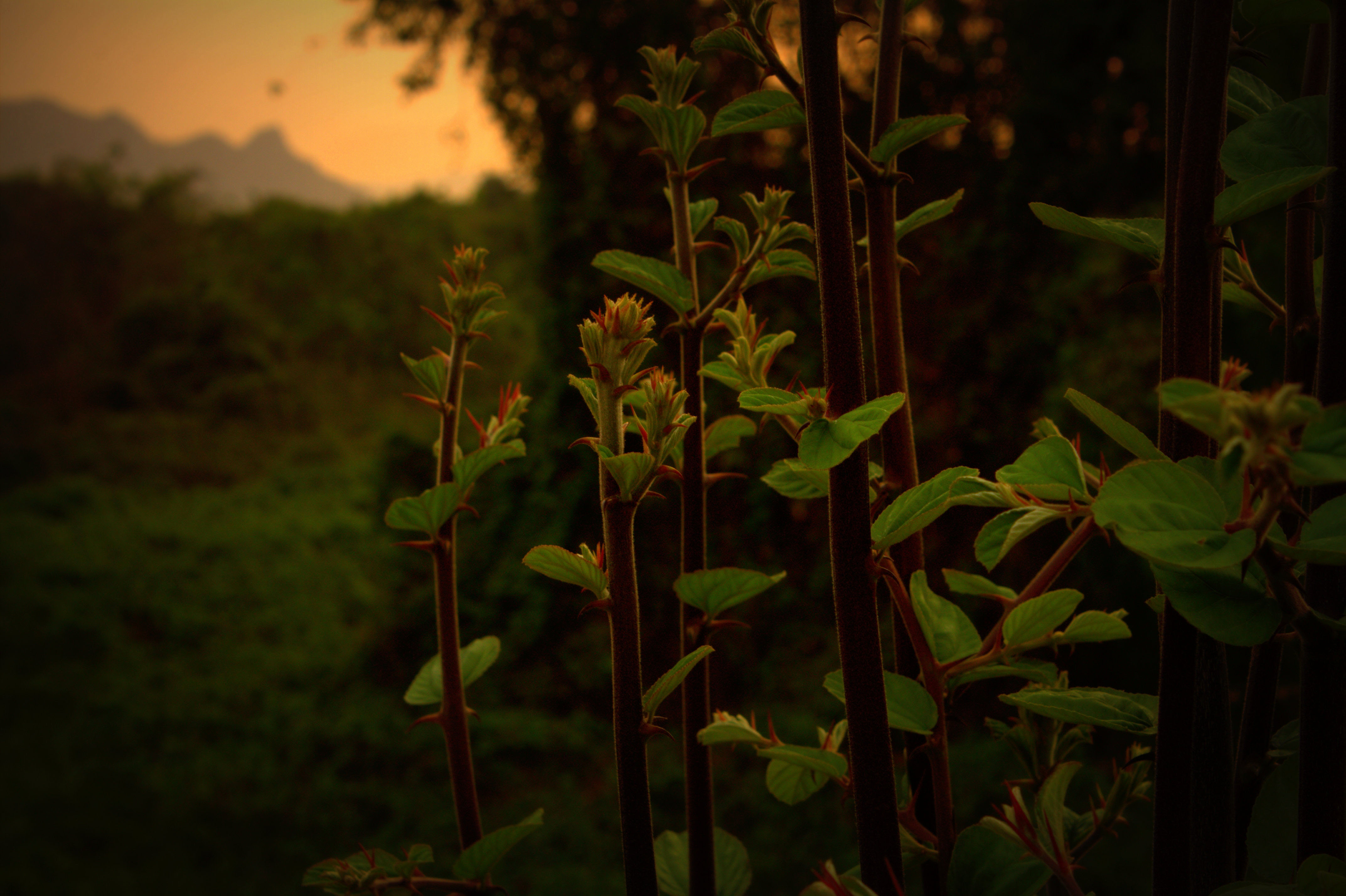
Sciences & Technology
The chemical that tells plants when it’s time to sleep

Unlike us, plants can’t head to the fridge for a midnight snack, but a new study shows they sense time at dusk to conserve energy produced from sunlight during the day
Published 2 March 2021
Probably the most important process on the planet is photosynthesis – the way plants make their own food using energy from sunlight.
Photosynthesis drives food production for us and the animals we eat, and it produces the oxygen we breathe by transforming carbon dioxide from the air.

Every solid carbon molecule that makes up our bodies has, at some point, been derived from a photosynthetic cell, be it from plants, trees, algae or photosynthetic bacteria.
But a plant’s absolute dependence on light as a food supply creates specific challenges for their survival. How do they ensure that photosynthesis occurs optimally during the daylight hours?
And how do plants make sure they have enough energy to last through the night?
Plants don’t sleep as such, but similar to when we sleep, metabolism is adjusted during the night to conserve energy for the big day ahead.
Getting the timing of this day-night cycle right is really important because getting it wrong is detrimental to growth and survival.

Sciences & Technology
The chemical that tells plants when it’s time to sleep
Plants can’t get up and stumble to the fridge in the middle of the night if they get hungry.
Plants make sugars during the day via photosynthesis and store this as starch, a complex carbohydrate. This starch is then broken back down into sugar during the night. The rate of this degradation is perfectly timed so that the starch reserves are exhausted just after dawn.
Most of this sugar is consumed by the plant overnight, but at the end of the night some may be left over. Whatever sugar is left at dawn can then be directed into building bigger or stronger cells and so it is critical for driving plant growth.
As shown by previous studies, this process is like setting an alarm clock so that you leave enough time to eat breakfast before heading off to work or school.

These rhythms of metabolism are controlled by an internal time-keeper called a circadian clock. The circadian clock can accurately predict the time of sunrise to get photosynthesis primed.
It also uses the timing of sunset to know how fast or slow to use the stored starch through the night.
Plants also need to do this in response to changing seasons because the time of dawn and dusk aren’t fixed.
In Melbourne the daytime ranges from about 9.5 hours in June to nearly 15 hours in December, and changes by nearly 20 minutes each week in spring and autumn. These changes are even more extreme at higher latitudes.
The circadian clock is critical for adapting to these seasonal changes.

Environment
Unlocking the inner workings of plant growth
Our research investigates how metabolism can adjust the circadian clock. We use a plant called Arabidopsis thaliana.
This species is what we call a model organism, because many other researchers in many other areas of biology use the same species in their research. Just like we use mice to learn about human disease, we can use Arabidopsis to learn of plant health.
My research colleagues and I have previously shown that the accumulation of sugars produced from photosynthesis give the plant information about the amount of sugar generated in the morning and sends signals to the circadian clock to adjust its pace, a process called entrainment.
We call the plant’s morning sugar signal the ‘metabolic dawn’.

In our current paper, with colleagues at the University of York, we have found an additional way by which metabolism sends a signal to the circadian clock.
Metabolic processes like generating energy produce a class of molecules called reactive oxygen species (ROS).
These are often thought of as harmful by-products of metabolism and they are the reason we are told to consume food and drinks high in antioxidants (like colourful fruit and vegetables) that neutralise reactive oxygen.
But ROS also act as important signals in the cell.

Environment
How sunflowers track the sun
We found that levels of a specific ROS called superoxide are elevated by the amount of sugar in a plant and act at dusk to adjust circadian rhythms.
This rhythmic metabolic signal changes the expression of specific genes in the circadian clock that regulate important functions like growth, nutrient transport and energy metabolism.
We also found that the production of this superoxide is necessary for sugars to promote plant growth.
Putting these two things together, we can speculate that this metabolic signal might be providing information to the plant about how much energy is available to last the night which, in turn, affects plant growth.

So why is this important?
As we strive to produce more food for the increasing global population, we will need to grow crops in different environments, including different seasons, different latitudes or even in artificial environments and vertical gardens.
Understanding how plants optimise rhythms of metabolism will be useful information that could allow us to fine-tune their circadian clocks to suit these conditions and maximise future yields.